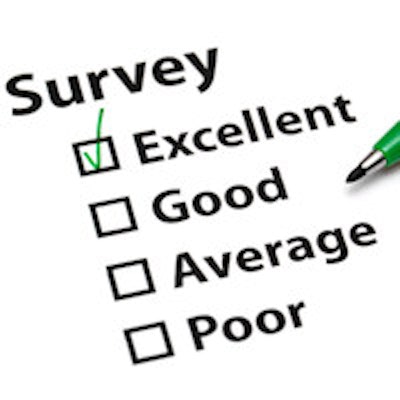
The likelihood of an individual visiting the dentist is related to his or her household income, according to a new consumer survey released January 19 by Fair Health.
Based on the survey of more than 1,000 U.S. adults, consumers from households with an income of less than $35,000 are more likely to rely on an emergency department for oral healthcare, compared with consumers from higher-income households.
The authors of the report -- titled "Consumer Attitudes: Dental Treatment and Insurance" -- suggest that this means these consumers may have no relationship with a dentist or, if they do, they only visit one when they need urgent treatment.
“The hospital [emergency department] setting is not necessarily the appropriate location to receive most emergency or routine dental care.”
"The hospital [emergency department] setting is not necessarily the appropriate location to receive most emergency or routine dental care," Robin Gelburd, president of Fair Health, said in a release. "Generally, a dentist's office or a dental clinic is the better choice for dental services."
"Unfortunately, lower-income consumers might delay dental care to avoid out-of-pocket expenses," she continued. "Residents of underserved communities also face cost and transportation hurdles in seeking care. Sometimes the delay in care can lead to more serious health problems."
More positively, nearly half of the survey's respondents said they visit the dentist at least twice a year and almost two-thirds at least once a year.
Payment issues
For the survey, Fair Health, a nonprofit dedicated to healthcare cost transparency and health literacy, queried a random sample of more than 1,000 U.S. adults regarding their "dental treatment utilization patterns and preferences."
Respondents were asked about dental insurance, the way they accessed dental care, and their understanding of recommendations about their oral health.
According to the results, African-Americans, Latinos, millennials (ages 18 to 34), and all men expressed the strongest interest in using "daily deal" sites to save on dental services. In addition, men as well as consumers with a high school education or less were more likely to say they have negotiated or would consider negotiating a discount with their dentist to save money.
Also, Gen Xers (ages 35 to 44) and seniors (ages 65 and older) expressed the least willingness to save money by seeking treatment at alternative locations such as a community clinic or dental school.
 Use of emergency departments and community clinics by race/ethnicity (percentage of respondents). Adapted from "Consumer Attitudes: Dental Treatment and Insurance."
Use of emergency departments and community clinics by race/ethnicity (percentage of respondents). Adapted from "Consumer Attitudes: Dental Treatment and Insurance."Consumer attitudes
The report also noted that efforts to change consumer behavior regarding a child's first dental visit haven't yet taken effect.
Organizations such as the ADA and the American Academy of Pediatric Dentistry (AAPD) recommend that children see a dentist when their first tooth emerges or within the first year after birth. However, nearly half of survey respondents believe the recommended age for the first dental checkup is 2 years, and about 30% believe the recommended age is 3 years.
The report concluded that "consumers making dental care decisions need both better access to oral healthcare professionals and better informational resources about dental health."
"Understanding consumer attitudes about oral health and insurance and dental utilization trends can help industry leaders take steps to equip individuals with the resources they need to become informed consumers -- and consequently to help improve oral health and address health disparities," Gelburd said.



















